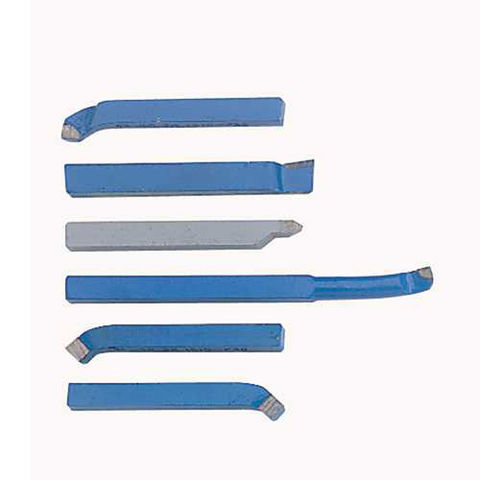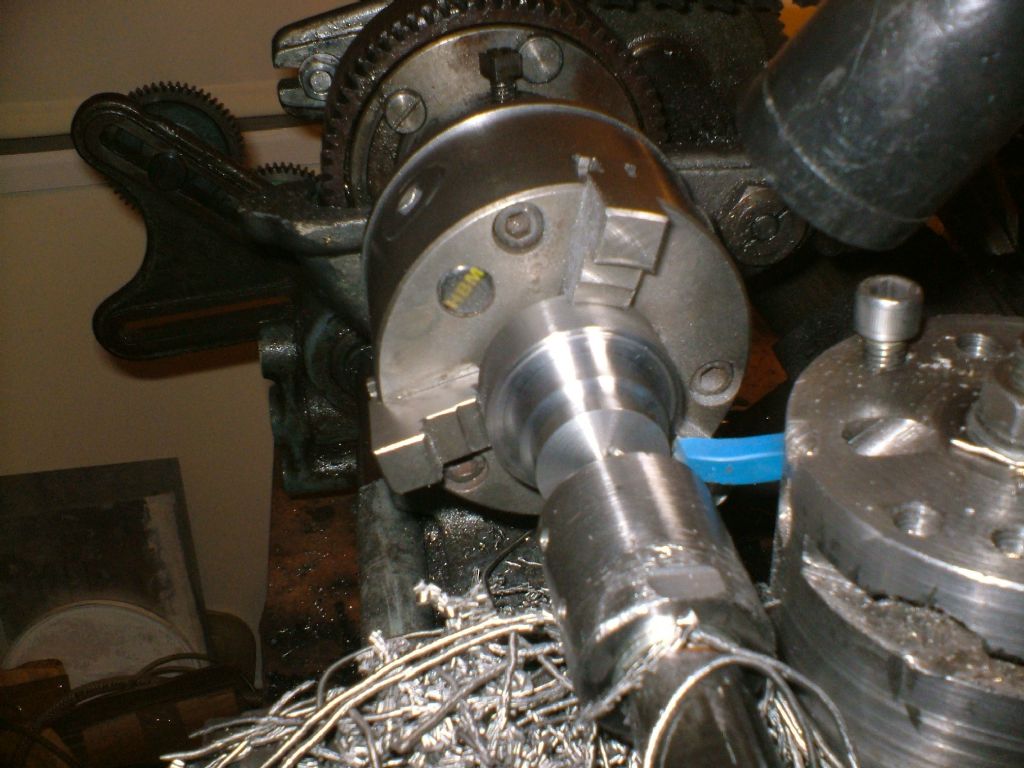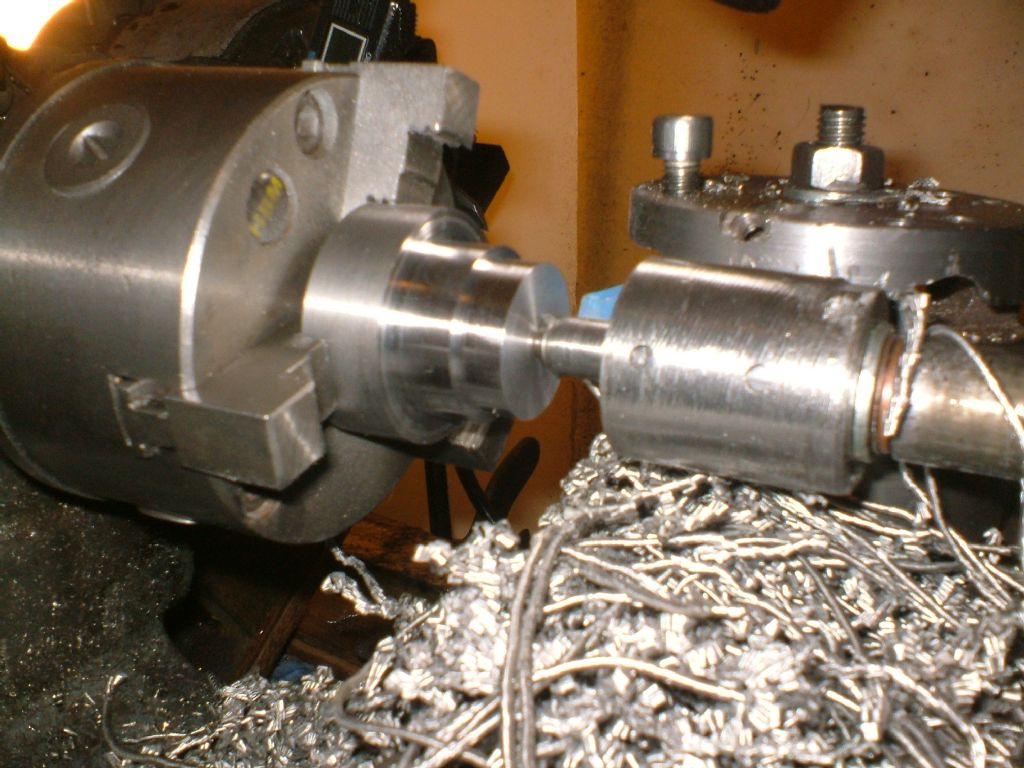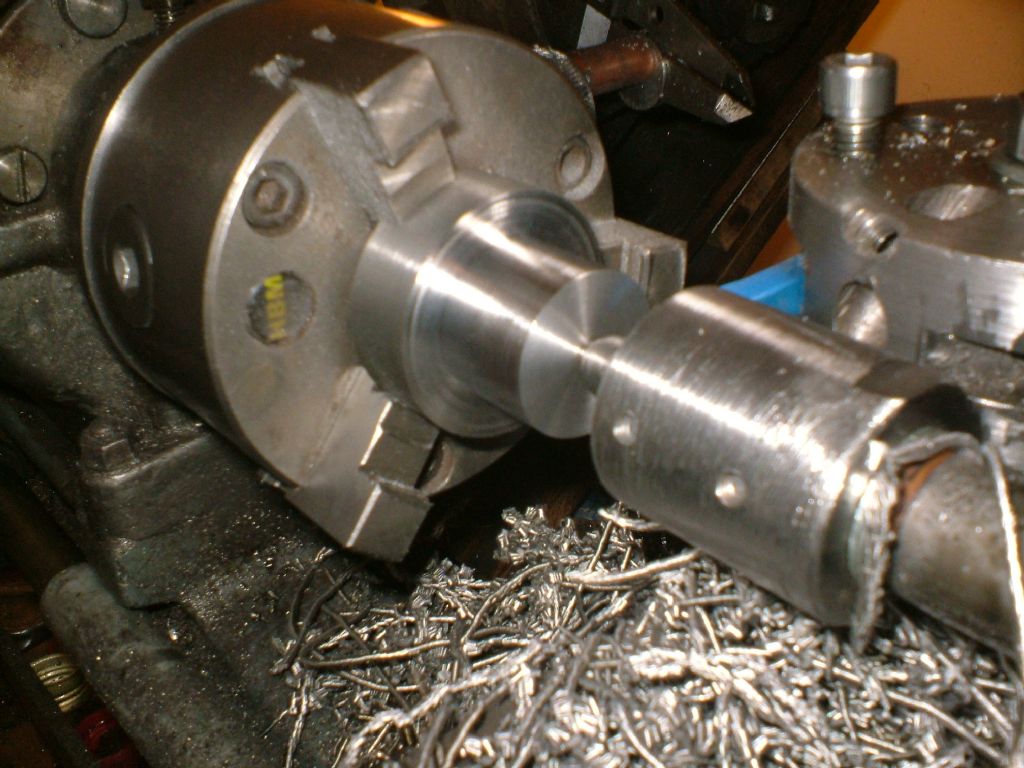Matthew (and any other "beginners" reading this thread)
As you will see there is a range of opinions here on this subject (as there always is). Everyone has their personal preference – sometimes this is simply because of habit (I've always done it like that) and sometimes it's a view that has 'evolved' over time.
The "turning" set that you originally asked about, could be seen as a convenient starting point for a beginner but it's not one that I would recommend. When you first start turning, there are always problems that will stop you getting a good result. I certainly mangled a lot of metal before I gradually understood the various factors that effected my work finish. One of them was having a sharp tool with the correct clearances. So even if you buy one of these sets (and I'm assuming the tools are 'sharp' to begin with) you will eventually still have to sharpen them – and in the beginning you are much more likely to chip and damage the cutting edge – so will be doing this quite often (at least I did).
So unless you intend to always used tipped tooling, learning to correctly grind your own cutting tools is something you will need to do sooner or later. A tangential tool is very useful (I have one) and is easy to keep sharp but it will not do everything. I have different tool sets for steel and non-ferrous for instance, as well boring, parting/grooving, fly-cutting and form cutters. They all need to be kept sharp.
As to the size of this tooling – well I started with large chunks of HSS (1/2" and larger) purchased S/H at shows believing it was stronger, more rigid, more 'professional' (etc etc). But when I started to re-sharpen and re-shape it, I discovered what a complete PITA it was. So here is what I would recommend anyone wanting to learn how to make their own HSS tooling do.
Get a new length of 3/16th (or 1/8th) HSS and another length of 1/2". Shape them both to cut mild steel (read a book for the clearances) and see which one is quicker/easier to do. Now imagine that you are going to want/need multiple tools and to keep them sharp. Your choice will I think be obvious.
But will the smaller tool be any good? My turning diameters usually range between about 3mm and 60mm in both ferrous and non-ferrous materials. Correctly supported, my 3/16th HSS tooling will give just a good a result as any larger section tooling (even on heavier cuts) and in fact (because it's easier to maintain them) probably better over time, as I am less tempted to work on with a blunt tool. In my experience, the limits are not set by the tooling but by the tool-holding and machine rigidity.
Now other folk will have very different ideas about this subject but if I had to name just a half dozen things that make my machining life easier/better – then using small section HSS tooling would be up there with ER collets. I am of course a complete amateur (and not working in an industrial or commercial environment). But for anyone who is using larger section HSS routinely – then try the 3/16th versus 1/2" HSS test and you might well be pleasantly surprised.
Regards,
IanT
IanT.












